mdby……INK&SPINDLE


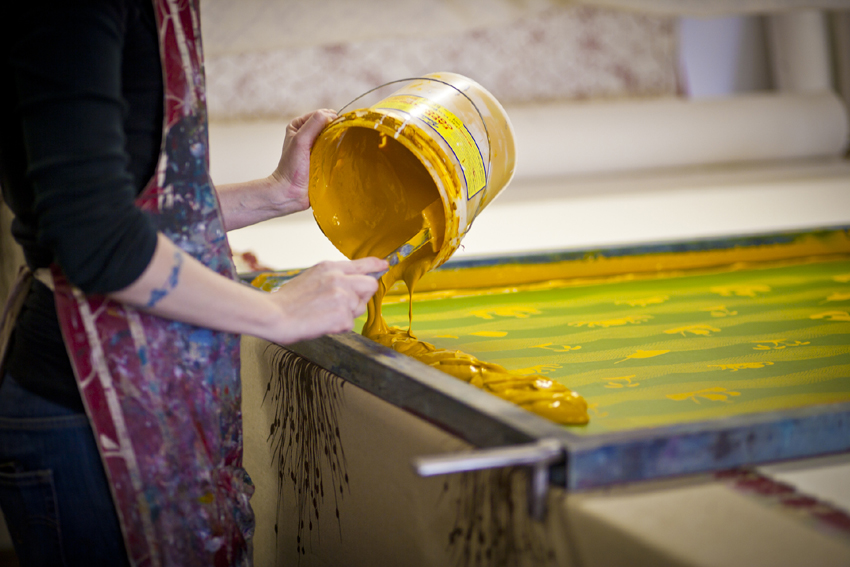
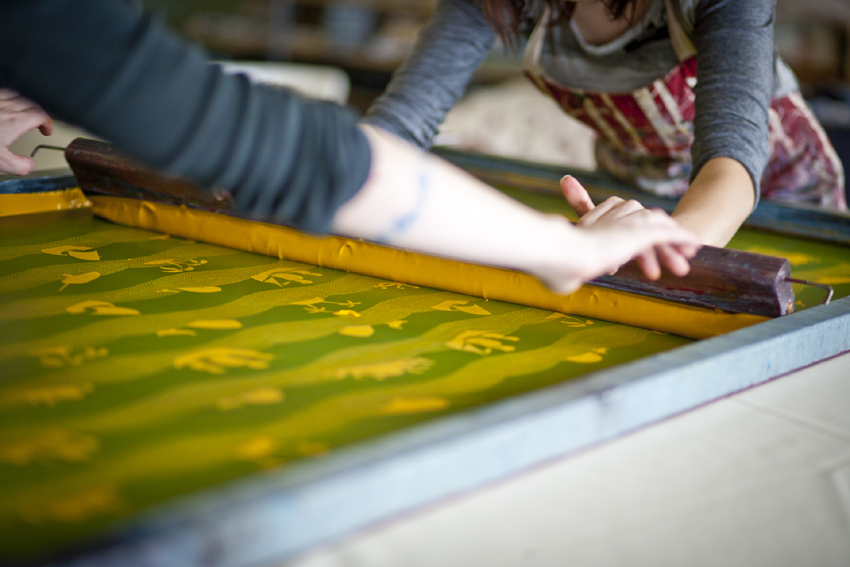

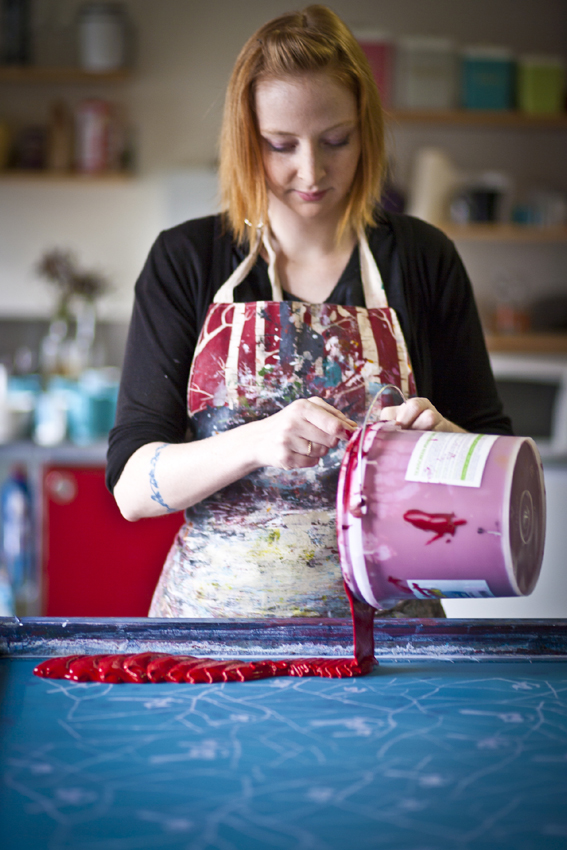
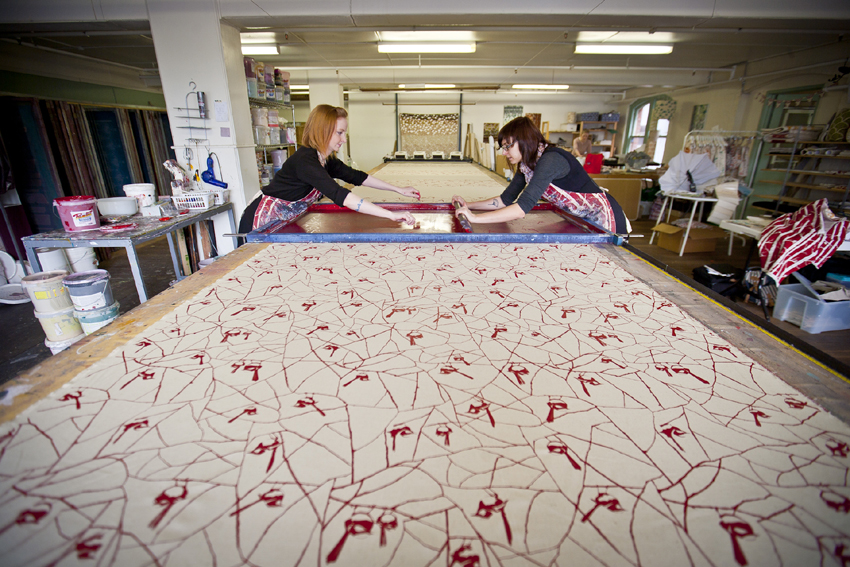

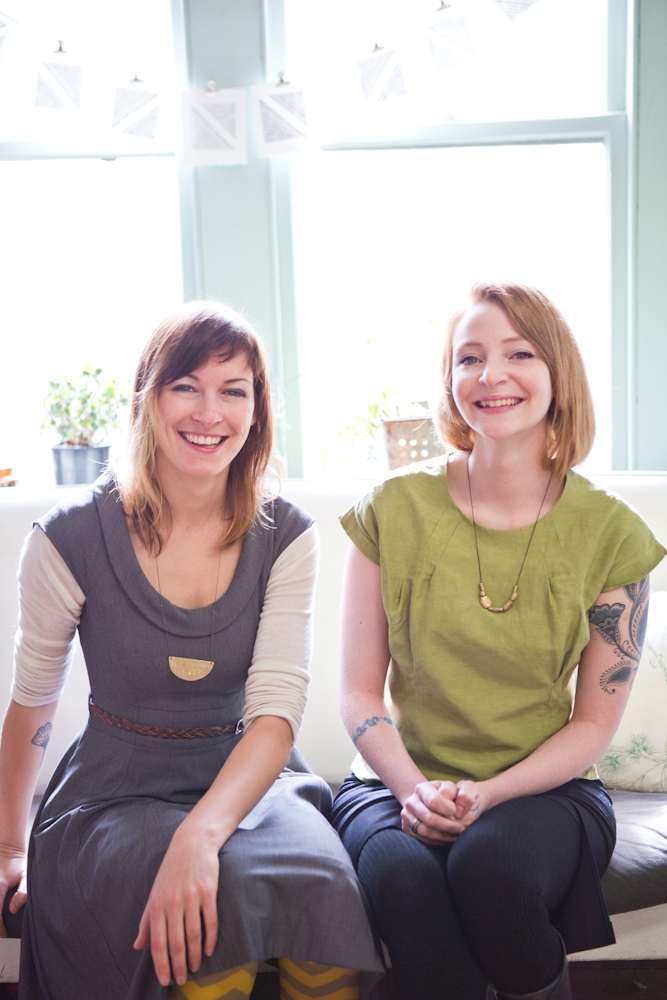
Tegan & Lara make a great team in Ink & Spindle and they tell us how they created their business, the difficulties and the great joys that carries for them. You can see how they work here.
How do you define your work?
Bespoke, handcrafted, ethically produced, organic.
Both come from different worlds, but with the design as the common element, how did you know each other?
We met through a mutual friend & almost immediately felt we shared a common set of beliefs.
Did you realize that you wanted to create a business together?
Our first actual meeting essentially turned in to our first business meeting! I suppose it’s a bit unusual to go in to business with someone you don’t know, but luckily for us it worked really well! We felt there was an opportunity in the market to start a print studio, talked it through and decided to take the chance!
Have you ever had a mentor that has supported and guided you?
We engaged a professional small business mentor for a period of about 9 months in the first year of our business. He was incredibly helpful & we recommend others do the same!
Do you divide your tasks or both make the same with Tegan’s and Lara’s designs?
We each work on our own designs, with input & advice from the other. However within the business there are specific tasks that we each do – Teegs is more in charge of print production & communications side of things, whilst Lara is more in charge of financials, dispatch and photography.
Is it easy to work together? Tell us…any difficult moment?
Lara & I work as a pretty good team – we have discovered the trick to maintaining a healthy friendship and a functioning business partnership is communication & flexibility – you have to allow your partner to convince you their idea is better for the business than yours & vice versa.
I am really interested about the handmade process through which you make your design & print. You make a mould for each design and then your repeat it creating a screen. How do you make your first mould?
Each design varies, but for example we hand draw our design motifs, then we might turn them in to a lino print, make some paper prints, scan the paper prints in to Illustrator where we then put the scanned paper prints in to repeat. Once the design is in repeat, we print it out full scale on clear film, then expose a screen which is coated in a light sensitive material called emulsion. This creates a detailed stencil which we can use many times.
This product handmade has a great value, I love it, but talking about business, did you sometime calculate the cost in an industrialized system and your cost? Or you do not even want to think about it…..
Yes we think about our cost versus the cost of the highly industrialized textile production. We think about it more than most people – we take in to account the REAL cost of industrialized production: the human cost of indentured slave labor, the environmental cost in shocking toxins used at every level of the production as well as the dollar value placed on textiles. We do our sums & have worked out when you take in to account the WHOLE COST, our textiles are by far the cheaper option. We do only have one planet with finite resources.
Would you be possible to make some wall arts using your designs?
We collaborate with The Wallsticker Company here in Australia & they use some of our designs to create beautiful wallcovering.
What colors mean for you? Any favorite one?
I love our colors Inky Blue, Greylead & Mustard. Lara’s favorite’s are our Robin’s Egg, Red Orange & Mustard.
You make your designs and you let people to customize those, choosing colors for the design elements, for the base cloth….. This is really nice and gives the last exciting part to the customer, did you wanted the customer to be part of the process?
Absolutely! It adds another level to our work; we love seeing what our customers come up with! It’s also the fundamental aspect of what makes us unique – we don’t get our fabrics mass produced, we print them here in the studio, which means we can tailor our range to suit our customers’ specific requirements.
Your work is based in nature, animals, do you discard geometrical forms?
Not at all. But it seems we are more inspired by nature. We also find natural forms are more sympathetic to the hand printed process.
Which ones have been the best and the worst moments of your professional life?
There have been many wonderful moments; thankfully very few bad moments. The worst would have to be the moment we saw the first ever rip off of one of our designs. That feeling was indescribably awful.
The most recent best moment was winning a Melbourne Design Award! Such an honor.
What is beauty for you?
Elegant, clever designs designed with longevity in mind.
What is the most difficult and the one you like more in your work?
In terms of printing our designs, Birch Forest is the most challenging to print, as it requires almost mechanical perfection. Designs like Grevillea Superb or Flowering Gum are a dream to print from a technical perspective & and two color designs are more fun to play around with. In terms of our day to day work, we find managing cash flow to be one of the hardest parts of running a small business, and also finding time to create. Needless to say, creating new designs, printing new colourways and seeing our textiles used in all sorts of contexts are our favorite parts of what we do.
Which would be your ideal project?
We really love collaborating with creatives in other fields! It would be great to work with more furniture makers – either doing upholstery for a new furniture design or printing directly onto timber.
What is your biggest dream for the future?
That Ink & Spindle continues to grow & develop as an established & respected design/print house. We don’t want our business to grow too large; instead we want to ensure we have a sustainable business model well into the future.
Which is the best advice that you have received? And the advice that you would give?
The best advice we can give is to just go out & do whatever it is that you are passionate about. Don’t worry if you have no formal education or experience. Find someone who knows what it is you want to learn about & beg them to let you assist them for free for a month – that is by far the best education!
Our other big piece of advice is to make sure you approach your creative business idea with a solid business plan and think about the financial side of things first and foremost, don’t get sucked in to the romanticism of having a “creative” business – it’s a lot of hard work!
One piece of advice we found most valuable was this formula for pricing your wares:
Cost of Time (basic hourly labor rate) + Cost of Materials = Cost Price
Cost Price x 2 = Wholesale Price
Wholesale Price x 2 = Retail Price.
This may seem like the retail price is too high, but it’s the only way to ensure that your pricing allows you to wholesale your product – essential for a growing business! Retailers like to be able to mark-up your wholesale price by 100%. You also need to ensure that if you are retailing directly (via an online store etc) then your retail price matches that of your retail customers so you are not undercutting them!